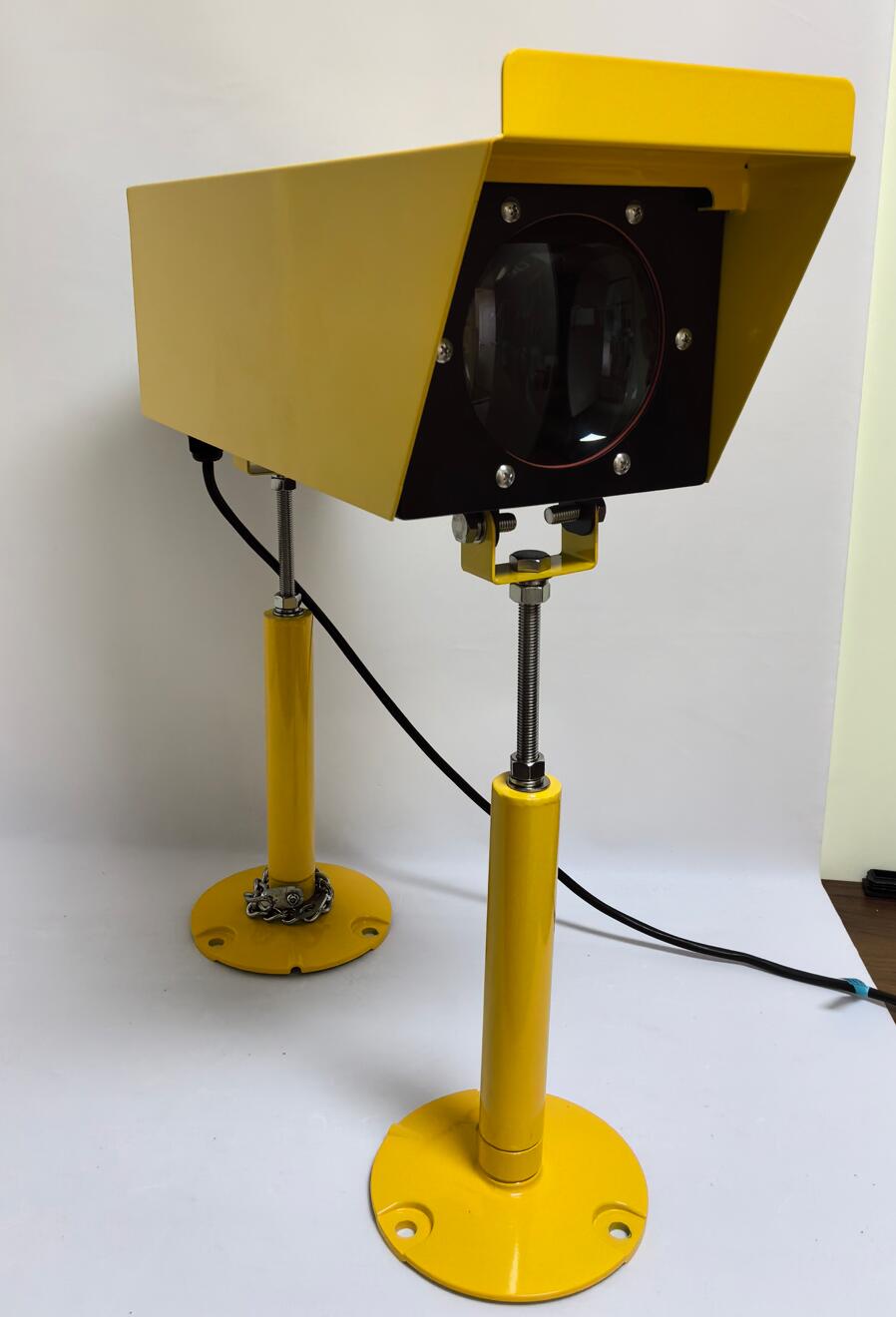Helipad Lighting System Innovations Elevate Night and All-Weather Operations
In the rapidly advancing field of vertical aviation, the helipad lighting system has emerged as a vital infrastructure component, ensuring the safe arrival and departure of helicopters under all operational conditions. Whether in urban rooftops, offshore rigs, hospital facilities, or remote terrains, a well-designed helipad lighting system supports precise navigation and enhances situational awareness for pilots. As the aviation landscape expands to accommodate not just helicopters but new VTOL aircraft, lighting solutions are evolving to meet growing demands in visibility, reliability, and regulatory compliance.
Core Functions of a Helipad Lighting System
A helipad lighting system serves as the visual backbone of safe helicopter operations during low visibility, night-time flights, and adverse weather conditions. Its primary function is to define the helipad perimeter, identify the touchdown and lift-off (TLOF) area, and guide the pilot through final approach and departure.
Key components typically include:
Perimeter Lights: Mark the boundary of the landing surface.
TLOF Lights: Indicate the central touchdown zone.

Floodlighting or Obstruction Lighting: Illuminate surrounding structures or potential hazards.
Wind Direction Indicators (WDI): Often illuminated, helping pilots align approach angles correctly.
Optional Glide Path Indicators: Support descent path accuracy.
| Helipad Lighting System |
Each element is designed to maintain visibility without causing glare or disorientation, adapting to both civil and military applications.
Technological Progress in Helipad Lighting Systems
Modern helipad lighting system designs emphasize durability, energy efficiency, and integration capabilities. LED technology now dominates the industry, offering long lifespan, low maintenance, and high luminosity with minimal power consumption. These systems also feature adjustable intensity levels, allowing air traffic control or automated sensors to adapt lighting to environmental conditions in real time.
Another leap in advancement is remote operability. Through wireless control units or centralized systems, lighting can be activated prior to arrival, even in unmanned locations. This capability is crucial in emergency response operations, particularly for medical helicopters landing at rural or temporary helipads.
| Helipad Lighting Systems |
Regulatory Compliance and Standardization
Compliance with international aviation standards—such as those from ICAO, FAA, and CAP 437—is non-negotiable for helipad lighting system installations. These guidelines define parameters for light color, spacing, height, and intensity, ensuring uniformity and safety across different regions and aircraft types.
Offshore and rooftop helipads require additional considerations, such as withstanding corrosion, salt spray, and high winds. In such settings, the helipad lighting system must also support failsafe mechanisms to prevent total blackouts during power interruptions, often through backup power units or solar-integrated options.
Urban and Medical Helipad Applications
In urban environments, helipads are frequently installed on hospital rooftops, high-rise buildings, and corporate headquarters. The helipad lighting system in these locations must be unobtrusive to residents while maintaining full visibility for pilots. Shielded lighting, anti-glare optics, and carefully engineered beam angles are used to minimize light pollution and maximize safety.
Medical helipads, in particular, rely heavily on responsive and robust lighting systems. With patient survival often tied to rapid air transport, a well-lit and always-available landing zone is essential. Lighting systems here are commonly integrated with hospital emergency protocols, automatically activating when medevac services are inbound.
Remote and Offshore Operations
Remote helipads—found in mining sites, mountain rescue stations, and offshore oil platforms—present unique challenges. Weather exposure, limited maintenance access, and logistical constraints demand lighting systems that are self-sufficient and reliable under extreme conditions. Many offshore helipad lighting system configurations use modular designs, corrosion-resistant materials, and automated diagnostics to ensure uptime without constant supervision.
In offshore applications, lighting must often remain visible even amidst sea spray, fog, and wind. Additional guidance systems like circle and H lighting patterns, along with illuminated windsocks, further enhance visibility and operational precision.
Sustainability and Future Integration
Sustainability is a growing consideration in aviation infrastructure. Many helipad lighting system models now incorporate solar-powered units, reducing dependency on ground power and enhancing resilience. These systems are particularly useful in undeveloped or temporary locations where electrical supply is limited.
Future-ready lighting systems are also being designed to integrate with UAM (Urban Air Mobility) platforms and autonomous flight systems. As aircraft become increasingly automated, lighting systems must communicate digitally with onboard navigation to support autonomous landings. Compatibility with smart air traffic networks and geofencing technology will soon become a standard feature.
Safety and Redundancy
One of the most critical roles of a helipad lighting system is to eliminate ambiguity in high-pressure landing scenarios. Whether dealing with a medical emergency, military operation, or offshore evacuation, the lighting system ensures the helipad remains visible, clearly defined, and free of hazard—regardless of the pilot’s familiarity with the site.
To achieve this, modern systems are designed with built-in redundancy. Dual power supplies, weatherproof sealing, and real-time monitoring systems help guarantee operational readiness. Advanced models also incorporate self-testing protocols that alert operators to component failures or misalignments.
The helipad lighting system is a cornerstone of safe and efficient vertical aviation operations. As helicopters and emerging VTOL aircraft continue to shape the future of urban and remote transport, lighting systems will play an increasingly dynamic role in enabling secure, automated, and around-the-clock flight activity.
From hospital rooftops to ocean platforms, helipad lighting systems must offer not only visibility, but also resilience, adaptability, and regulatory assurance. Through ongoing innovation in energy efficiency, digital integration, and autonomous compatibility, these systems are positioned to support the next generation of air mobility with confidence and precision.
